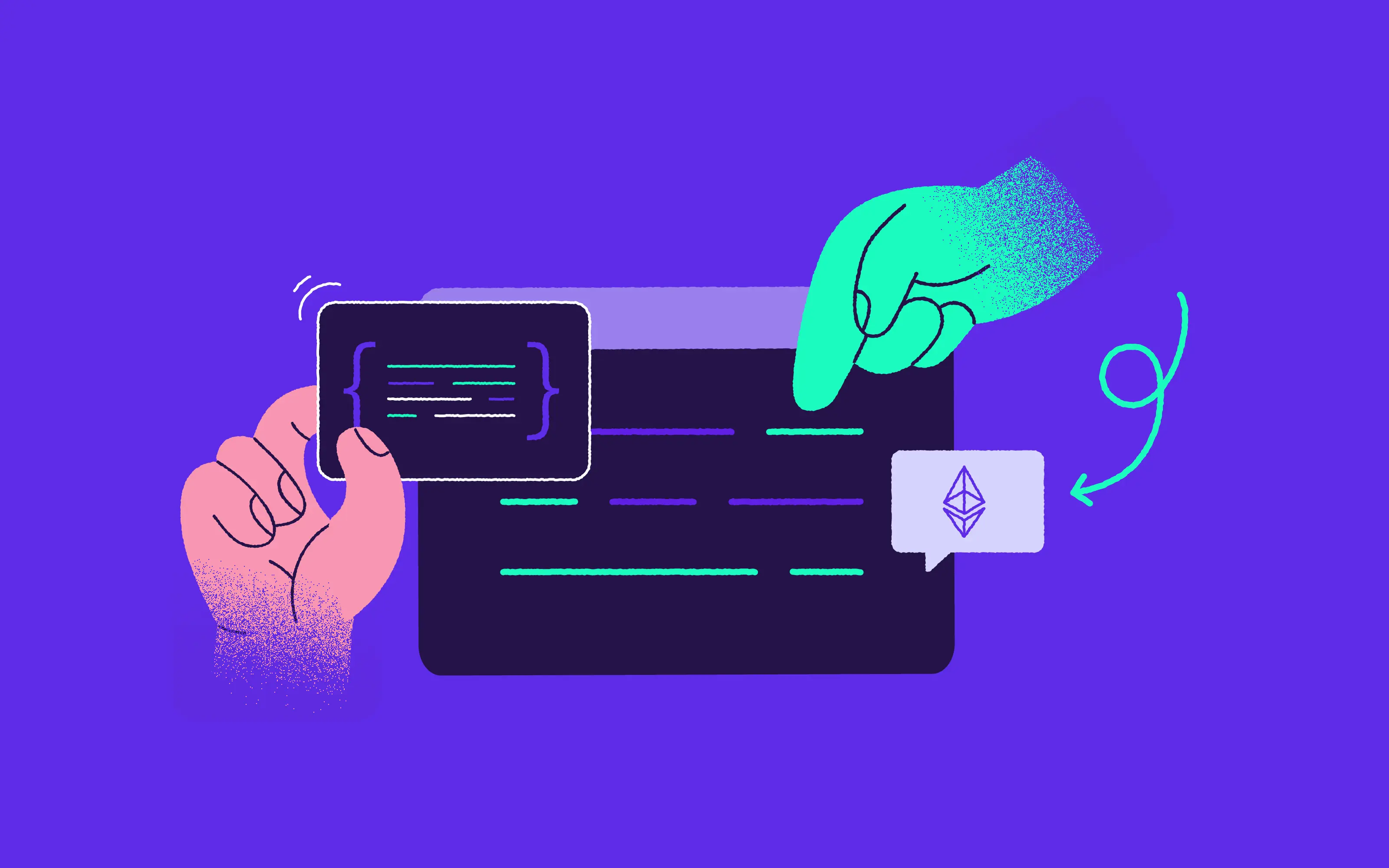
According to DefiPulse, decentralized finance has grown to a $92 billion industry in 2021, as measured by total value locked (TVL). To compare, in December 2020, TVL stood at $24 billion - that means an almost 300% growth, which certainly can’t go unnoticed. In less than three years, DeFi has grown to an ecosystem of more than 534 crypto applications that provide financial services such as lending, borrowing, and asset management. Private investors in Silicon Valley have backed 72 decentralized finance companies in 2021, according to PitchBook data, already surpassing 2020’s total by more than a quarter. In summary, DeFi will certainly play a key part in the future of the financial industry.
For the moment, the States remain the largest center for DeFi products. However, Europe is catching up. This is partly due to UK-based decentralized finance businesses, which account for roughly 12% of the overall ecosystem. Startups from the United Kingdom are joining their continental rivals to form a growing segment of the innovative industry. Given Europe's financial innovation history, there is fertile ground for truly breakthrough DeFi projects to emerge.
What was to be the territory of crypto enthusiasts is now attracting the interest of some of the world's top traditional financial institutions.
Consider how Société Générale, Europe's sixth largest bank, has offered a first-of-its-kind $20 million contract with decentralized finance application Maker, which would pave the way for additional partnerships between DeFi and traditional financial institutions.

So what is the function of DeFi products?
The goal of DeFi product development is to redefine traditional financial services such as lending, trading, investment, payment, insurance, and others by disrupting the role of intermediaries (banks, credit unions, savings and loan associations etc.).
Some of the most popular types of decentralized finance applications include:
- Staking platforms
- Liquidity mining platforms
- Decentralized Exchanges (DEX)
- Decentralized Lending Protocols and Apps
- Non-custodial wallets
- NFT marketplaces
Decentralized finance products are effectively modular due to the way they are constructed, which means that applications and protocols can be added to and mixed with one another. In addition to the benefits of blockchain technology, this gives you a lot more freedom and variety in the services you may provide.
Are you considering developing a DeFi product?
If you have a decentralized finance project idea which you’re looking to prototype and build, you’re likely to have several questions:
- How should I start?
- What is the most important part to focus on?
- How can I make sure that the product addresses a real user pain point?
- I’ve identified a pain point, but how do I know that prospective users care about it enough and will use my product to solve it?
- How can I estimate the time and resources that I need for product development?
A Product Discovery phase can help you find the answers to all these questions and make sure that each of the core aspects of your product are clear and well-defined, before you even begin your foray into the DeFi market.

What is Product Discovery?
The product Discovery phase helps you to validate the business plan for your DeFi app against market-fit and prepare your product for further development.
Furthermore, the result of the discovery phase will provide guidance and enhance further business decisions during the project process.
The goal of the product discovery phase is to thoroughly understand the problem that the product will be solving and the needs of the end-users. We also want to start defining how we can solve this problem, what solutions already exist on the market and how we can provide value to our future clients.
Why is Product Discovery valuable?
Well framed and implemented Product Discovery is the most effective and low-cost way to:
- Verify the product-market fit
- Decide on MVP (Minimum Viable Product) scope
- Make data-driven decisions
- Develop a proven hypothesis that you can present to your investors
What are the key elements of Product Discovery?
You can structure and frame your product discovery in different ways — this is how we typically do it in 10Clouds.
Problem identification
Finding the right problem to solve is critical for the success of your product. Quite simply, if you aren’t focusing on the right problems, your product will fail. This is something that both big and small companies struggle with. You can start to identify which problems to solve by looking at:
- Market Research
- User Research
- Competitor Research
- Product and Support Data
Product Vision
Product vision is the core essence of where you want your product to be in the future and what you are building. Vision brings the future into everyday work. It helps the entire organization understand the larger purpose of the product. When done right, it inspires and motivates everyone to do their very best work.
The vision needs to tell a story about:
- What kind of decentralized finance product you’re building
- Who it’s for
- Why it matters
Below is an example of the product-vision statement of one of our clients, the crypto-powered fintech wallet Crescent:
Crescent is a wealth-building finance app making high-yield interest accessible to all.
User persona/target user
Identifying a target user or user persona is important because it makes it very clear who you are building the product for. Oftentimes, a problem will be solved in different ways for different types of users. Identifying a target user creates is helpful in focusing on the specific needs that you’re trying to solve.
Your target user represents a set of people with shared characteristics: demographics, motivations, goals, and frustrations, who are likely interested in your product. To identify your target user, you will need to talk to your target audience and conduct market research.
As there are multiple DeFi application types, user personas can also be quite different. It’s important to note that they may not always be crypto investors or lenders.
For example, one of our clients, Adshares, a decentralized marketplace for programmatic advertising targeted 2 main user personas of publishers and advertisers who connect and make direct deals using the ADS token.

Customer Journey
A customer journey map is a visual representation of the process a customer or prospect goes through to achieve a goal with your company. The goal may be making a purchase, creating the first token, joining a loyalty program, or anything in between.
With the help of a customer journey map, you’ll get a better understanding of what will motivate your customers to achieve these goals.
By understanding this relationship, you can structure your touchpoints to create the most effective and efficient process for your customers. A customer journey map visualizes the current process customers take, from the first to final touchpoint, to see if they’re currently reaching their goals and, if not, how they can.
One of our clients is Student Coin, a decentralized finance platform which allows users to easily design, create, and manage personal, commercial, NFT, and DeFi tokens. In their Discovery workshops we identified the following touchpoints in the customer journey of a new user:
- Registration
- Connecting to the existing wallet (either through web extension or mobile app)
- Creating the token
- Deploying the smart contract
- Exchange tokens
- Tracking the state and statistics of tokens

Source: Hendalhadad.com
Customer Value Proposition
The Customer Value Proposition Canvas can help ensure that a product or service is positioned around what the customer values and needs. It is a detailed look at the relationship between two parts: customer segment (profile) and value proposition which your product offers.
Customer Profile is divided into:
- Pains – the negative experiences, emotions, and risks that the customer experiences in the process of getting the job done
- Jobs – the functional, social, and emotional tasks customers are trying to perform, problems they are trying to solve, and needs they wish to satisfy
- Gains – the benefits which the customer expects and needs in performing the jobs
The Value Map is divided into:
- Pain relievers – a description of exactly how the product or service alleviates customer pains.
- Products and services – the products and services which create gain and relieve pain, and which underpin the creation of value for the customer.
- Gain creators – how the product or service creates customer gains and how it offers added value to the customer.
You may consider your value proposition as a market fit when the products and services offered as part of the value proposition address the most significant pains and gains from the customer profile.

Source: Debutify.com
Testing and evaluating hypotheses
Now you have your value proposition, you are ready to build a product… But is your value proposition real? You need to make sure that your assumptions about your product are correct — and that you are solving a real problem for real people in the DeFi space. After creating your hypotheses (value prop in our case), you can test them to see if they are true / still accurate in the real world.
You can test and evaluate your hypotheses in several different ways:
- User interviews
- Focus groups
- Surveys
- Design sprint
If you find that you are not addressing a customer’s need or your solution isn’t providing value, you should stop. It’s not worth pursuing this idea in its current form because you won’t have a product/market fit. You should go back and tweak which customer you are focusing on… or your solution.
User Story Mapping
Now as you tested your hypothesis successfully (If you haven’t, you should go back to the previous steps), it is time to identify what you actually want to develop and which features should be in your product. This is where user story mapping comes in place — it puts the focus on the user’s experience and helps to quickly identify the MVP.
When mapping user stories along a horizontal line, you create a series of sequential buckets or categories that represent each stage of the user’s journey through your product. This allows you to think about the way customers navigate a product from signing up, to setting up their profile, to using specific features. You can use the customer journey stages (touchpoints) that you identified earlier as these categories.
Along a vertical line, you then place these tasks in order of importance, from top to bottom. This allows you to prioritize the order of the features you’ll work on. In some cases, the bottom part of the axis is labeled “Backlog items” for the tasks that you decide to put on hold.
Finally, you can draw a line across all these stories to divide them into releases and sprints.
IT Architecture
Developing a DeFi project is a challenging task that requires deep knowledge of finance, blockchain, and cybersecurity.
It is important to analyze the artifacts of the product discovery phase to make sure that the designed business logic is technically implemented and offers the optimal architectural solution.
The following aspects should be defined:
- Blockchain network to run your Dapp (Decentralized Application) on
- The most important features of a blockchain
- Smart contracts logic
- Protection (security) of smart contracts
- Tech stack to develop a blockchain solution and many more.

Discovery is central to successful DeFi development
As you can see, bringing your DeFi project from idea to development requires a lot of initial discovery, testing and evaluating your ideas and hypotheses, as well as analysis of opportunities and risks. This is why it’s worth entrusting the creation of such software to a technical partner with the appropriate experience, such as 10Clouds, who will offer you a development process tailored to your needs.
Looking for someone to help develop your DeFi project?
We're a Blockchain development company with over 12 years of experience and more than30 successful projects under our belt, including many DeFi apps.
If you're looking for somebody to support you with blockchain development, we can offer you a product discovery phase with a series of workshops which typically include:
- A Product Delivery Manager as the main facilitator of the whole discovery phase
- A Product Designer
- A Blockchain expert / DeFi Developer
- Tech Lead(s) - depending on technology needs
- Other experts - DevOps, Machine learning etc.
Our ultimate goal is to deliver you a successful DeFi project.



